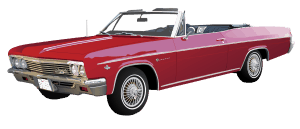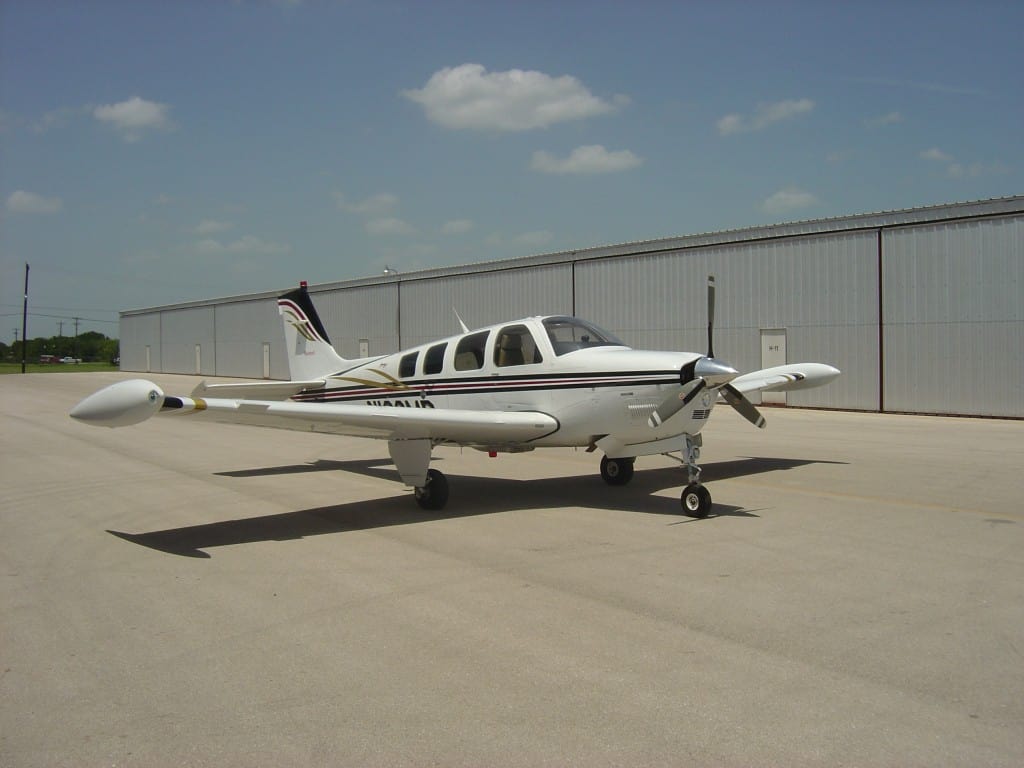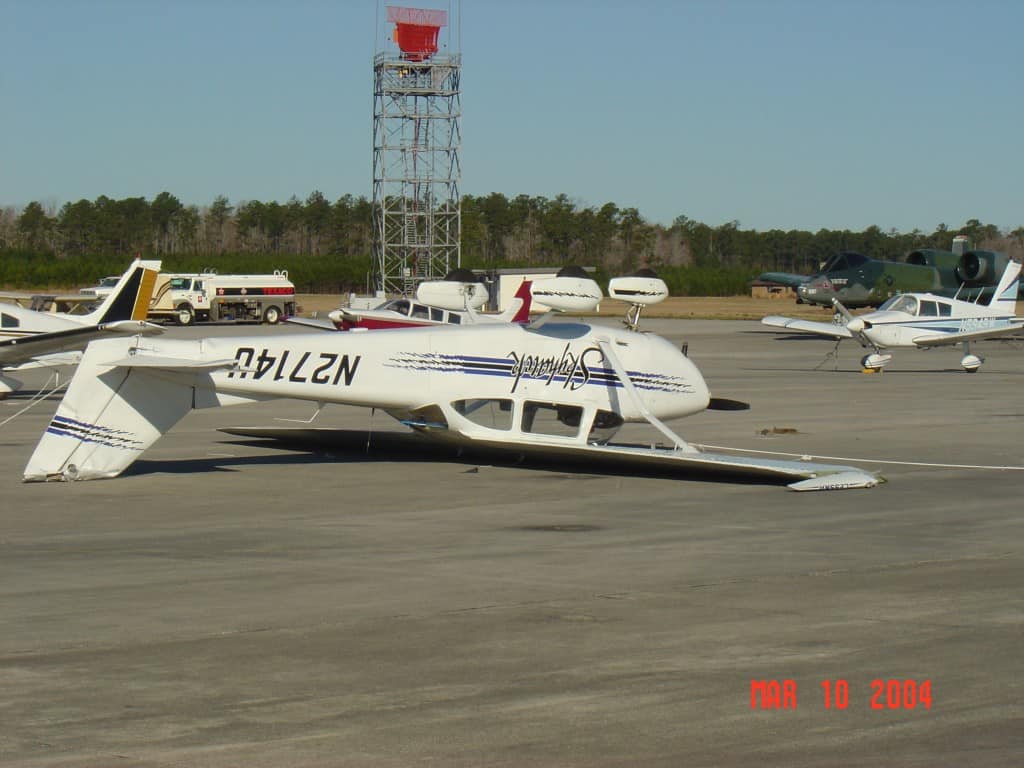Big Red Car here. So, The Boss is a pilot and has a number of pilot friends. One young friend, at The Boss’s urging, is taking flying lessons and is flying a Cessna 172.
A C-172 is the most popular training aircraft ever made. It is reportedly a great plane to learn to fly on and the young student pilot is just about ready to take his flying test.
So, he is thinking about what planes he might like to investigate after he gets his license.
The Raytheon Beechcraft Bonanza — the BMW of the Sky
The Bonanza is manufactured by the Raytheon Company’s Beechcraft division. It is a design that originated at the end of World War II and which has been continually modified and improved since then.
It is akin to owning a BMW — great engineering, great performance and a piece of mechanical wizardry that you have to pay careful attention to because it can get away from you if you are not careful.
Now, hey, let’s not get carried away here, it is just an airplane not a Big Red Car.
You may recall the infamous V-tail “Doctor Killers”. I will let you speculate as to why they earned that name.
Since Raytheon makes a lot of much bigger aircraft, the Bonanza design benefits from systems that are really designed for much bigger aircraft. An example is the excellent landing gear on a Bonanza which was supposedly purloined from a twin engine design for a much heavier aircraft. This is a rock solid plane and you will pay for that privilege.
A new one costs about $700,000 before you start tarting it up. You will own an airplane that weighs 3,650 lbs and is capable of 200 MPH. But if you get a nice West to East tailwind, well then you speed across the ground is considerably greater.
Once The Boss went Georgetown, Texas to Myrtle Beach at over 300 knots with a huge tailwind in March. Made it non-stop — no refueling stop.
The Bonanza is 300 HP, retractable gear and very slick. The Boss has tip tanks on his as shown above adding an additional 40 gallons of fuel and providing some very nice additional range. In this configuration, range is really determined by the pilot’s bladder size more than anything else. A pilot requires just a bit of additional training and an endorsement on his license to be able to operate a Bonanza.
Here is a picture of a Cessna 172 which lost a battle with a squall which blew through Myrtle Beach one night. The plane was, in fact, tied down but the winds just caught it right and it flipped over. The danger of a high wing design is that it has a lot of sail area and is a bit more susceptible to wind than a low wing plane like the Bonanza.
The Cessna is a great stable plane, not anywhere as fast as a Bonanza, but you can land one at about 55 knots which feels like you are literally suspended in the sky on final approach. Stall speed with full flaps is about 42 knots. They seem to land themselves on calm, sunny days.
Training
The quality of training that a student pilot receives is critical to his long term success and, more importantly, safety. The Boss went to a great school in Georgetown, Texas just up the road from Austin. The school, IFR Flight Training, has as its mission “mastery” of flying not just competence.
The instructor who had the greatest influence on The Boss was Gary Biba. Gary used to work at IFR. He now has his own shop. He is a very, very good instructor and is particularly well suited for and experienced in Bonanzas. Take a look at his very nice and orderly website. It says something about his orderly mind and approach to instruction and aviation in general.
In training, you get what you pay for. Mastery costs a lot more than just passing your exams. You are a safe and careful pilot capable of reasoning through any situation in the air. Knowing when to go and when to pass.
It is better to be on the ground wishing you were in the air than to be in the air wishing you were on the ground.
Flying by the Numbers
When you fly a Bonanza, you have to learn to fly by the numbers — setting the configuration of the plane’s systems to achieve a targeted level of performance.
You set the angle of attack, the mixture, the prop speed, the throttle, the trim and you get a specific level of performance.
This adherence to the numbers is a critical element in mastering the ability to land a Bonanza safely each and every time.
Take Off
So, finally to the question. Short answer, get the plane into the right configuration and apply full throttle and the plane does the rest.
Long answer:
After having run the pre-flight checklist in the run up area and the pre-take off checklist just prior to notifying the tower that you are “ready for takeoff”, you taxi out onto the runway and line up on the center line.
You make one final check of everything while holding position. Ready to go?
You apply full throttle while standing on the brakes and then as the RPMs have built up to their maximum, you release the brakes while applying a bit of rudder and aileron to counter the left turning tendencies of so much power.
Stay on the center line of the runway.
You smoothly build speed, again while applying rudder to stay aligned, and take the slack out of the yoke pulling gently — GENTLY — back on the yoke. You are flying with your fingertips, not your fists and you are just barely extracting that slack out of the yoke.
You continue to let the speed build ensuring that the air speed indicator is, in fact, functioning correctly. “Air speed indicator is alive and functioning.”
You are looking for 70 knots IAS (indicated air speed) as the target at which the Bonanza is going to fly itself off the runway whether you want it to or not.
As you reach 70 knots, you gently pull back just a smidgen on the yoke. You are not moving the yoke to make the plane leap off the runway, rather you are just increasing the tension in your forearms just slightly, every so slightly.
And, then, you just sit and wait.
In a second your patience is rewarded with the plane becoming light on its gear. You can feel it happening.
And, then you are flying. At no time did you make any conscious act to force the plane to come off the runway. The plane and aerodynamics gave birth to flight and you were just an innocent bystander. It is a miracle.
As you gain a bit of altitude, you look for and set the right numbers — angle of attack or attitude, rate of climb. The Boss likes to climb very, very slowly initially and then to get to 1000′ as quickly as possible. This altitude is an important consideration because it is the minimum altitude at which you have a chance at getting back to the airport in the event of a mechanical failure.
When the landing gear are no longer useful in the event of an emergency landing, then the gear are raised and stowed which allows the plane to accelerate naturally when all that drag is removed. This usually occurs at about 500′.
When coming out of Georgetown on Runways 11, 29 or 36 you have wide open spaces in front of you. Good places to land in an emergency. To the south on Runway 18, there is a bit of housing but right across Interstate Highway 35 are some ball fields and usually The Boss will turn in that direction at about 800′.
At 1000′, you reduce the prop setting to 2500 RPM for noise abatement purposes and there you have it.
You contact Austin ATC — departure control — and you are on your way.
The most important things to remember are — set the right configuration settings, gentle/gentle/gentle fly with your fingers, wait for the plane to fly itself off and then clean it up as required as you depart the airport.
Simple. As. Pie.
But, hey, what the Hell do I really know? I’m just a Big Red Car.



Brings back memories, BRC. Took my flying lessons in a Bonanza. The little two-seater wasn’t
much to look at (unlike you BRC) but a piece of “wizardry” that demanded your attention. To this day, I’m convinced that my instructor, a guy named Bart Bartimus, was a relic of the old barn-storming days. Nonetheless, Columbia and Myrtle Beach Air Control managed to clear the skies of South Carolina when Bart, the little Colt and I took flight. BRC, your description of that takeoff had me thinking that you had gotten your wheels off the ground before. Then I remembered that the only Chevy I ever saw fly was at a Joey Chitwood Thrill Show….and that didn’t go too well. Keep your tires on the road.
.
Haha, funny. I remember an early morning flight from KCAE to KMYR one Indian Summer morning just after dawn with sun twinkling off the ocean.
That flight over the green beauty of SC has always been my favorite of all time.
ATC gave me a straight in that I smoothed in from about 10 miles out.
.
Love it. All you had to do was ease back on the throttle and enjoy the moment.
.
And stay on the centerline.
.